I got a lead on gun today and when I went to buy it the owner said that since I was interested in BP guns I should see this "other gun".
I bought it. It is a musketoon, 28" bbl. turned hex to smooth last few inches for bayanet. Lock works well, I think it would shoot. Only thing missing is the ramrod. Sure could use some help with this one!
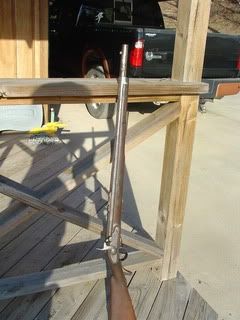
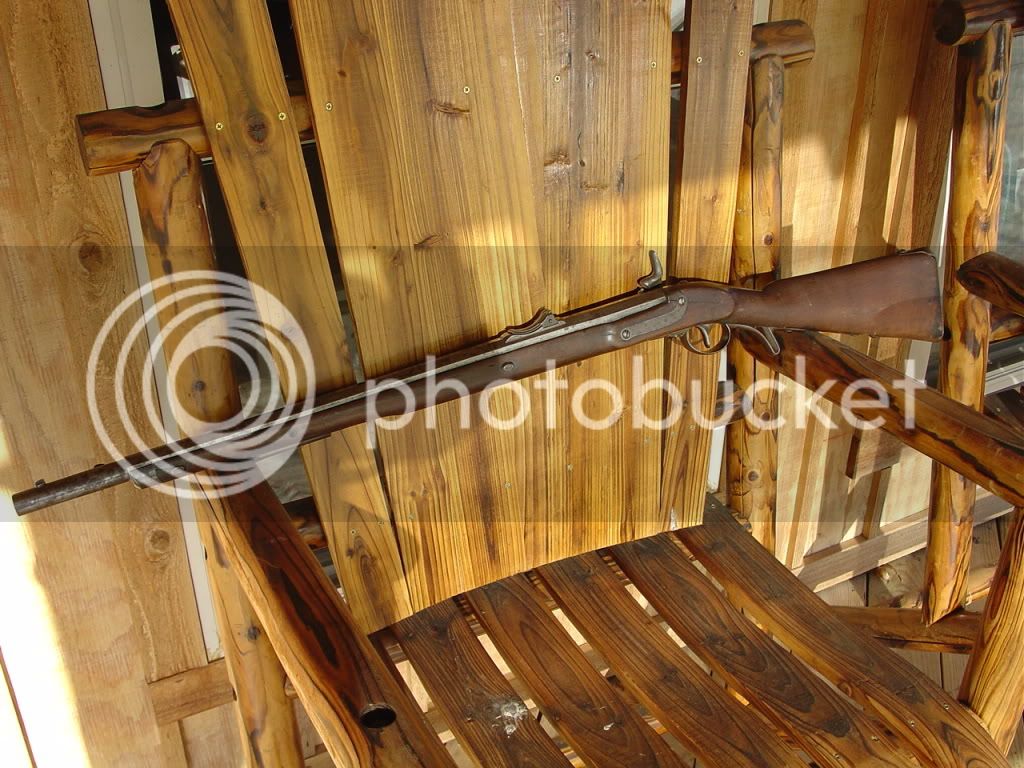
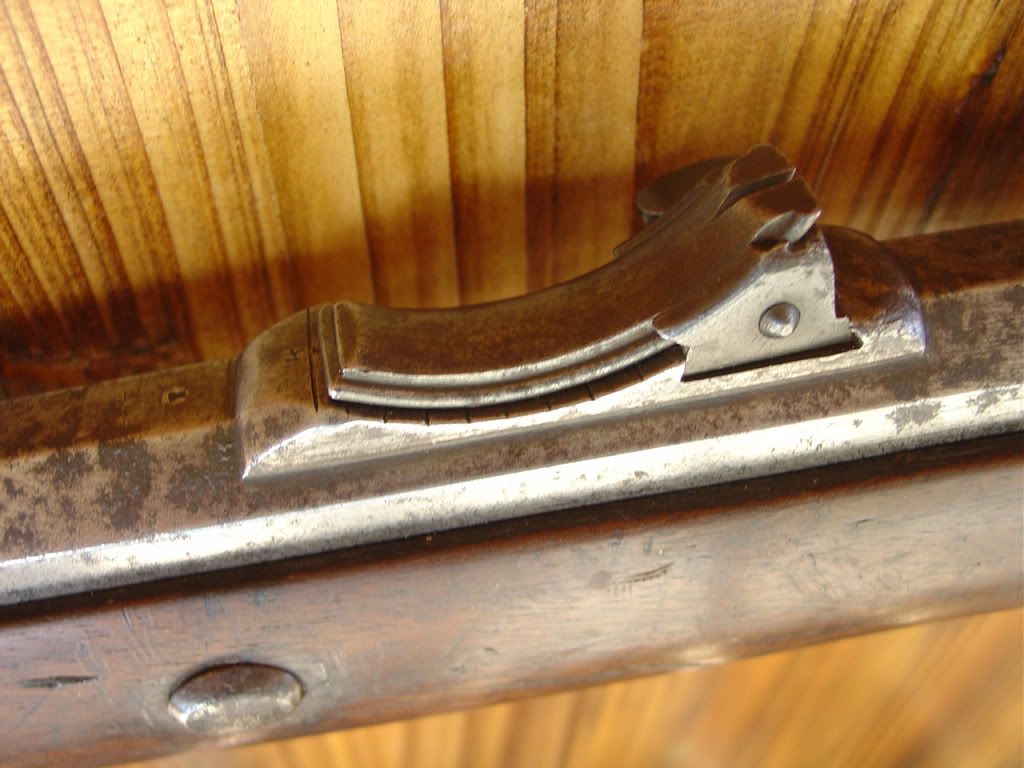
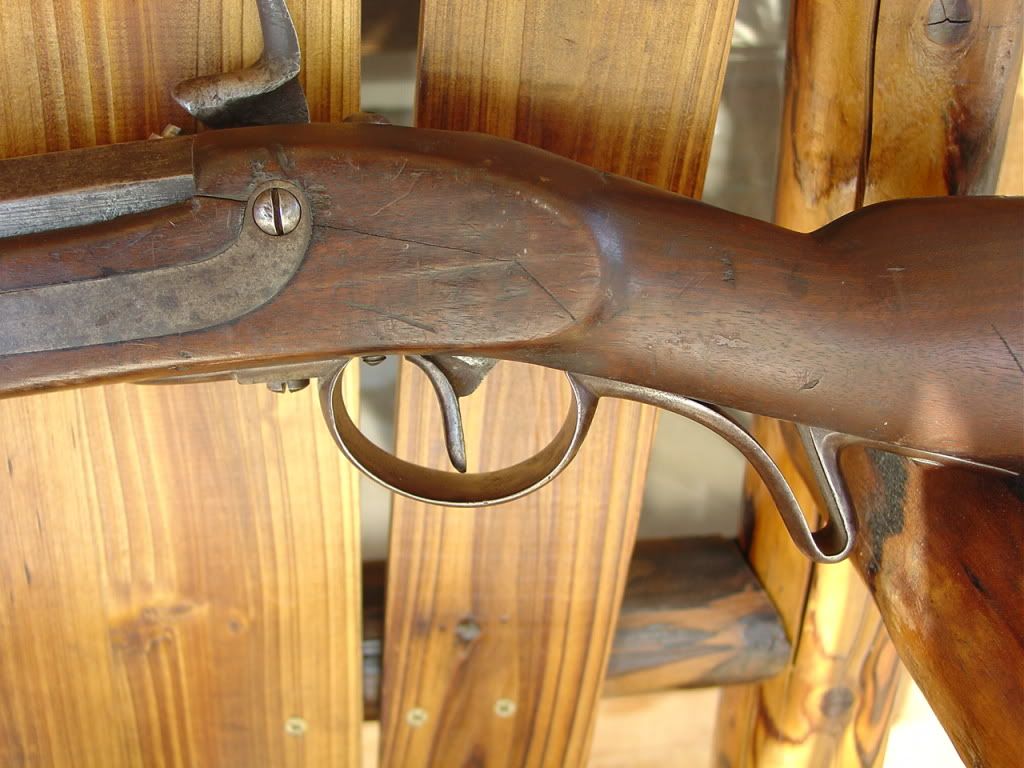
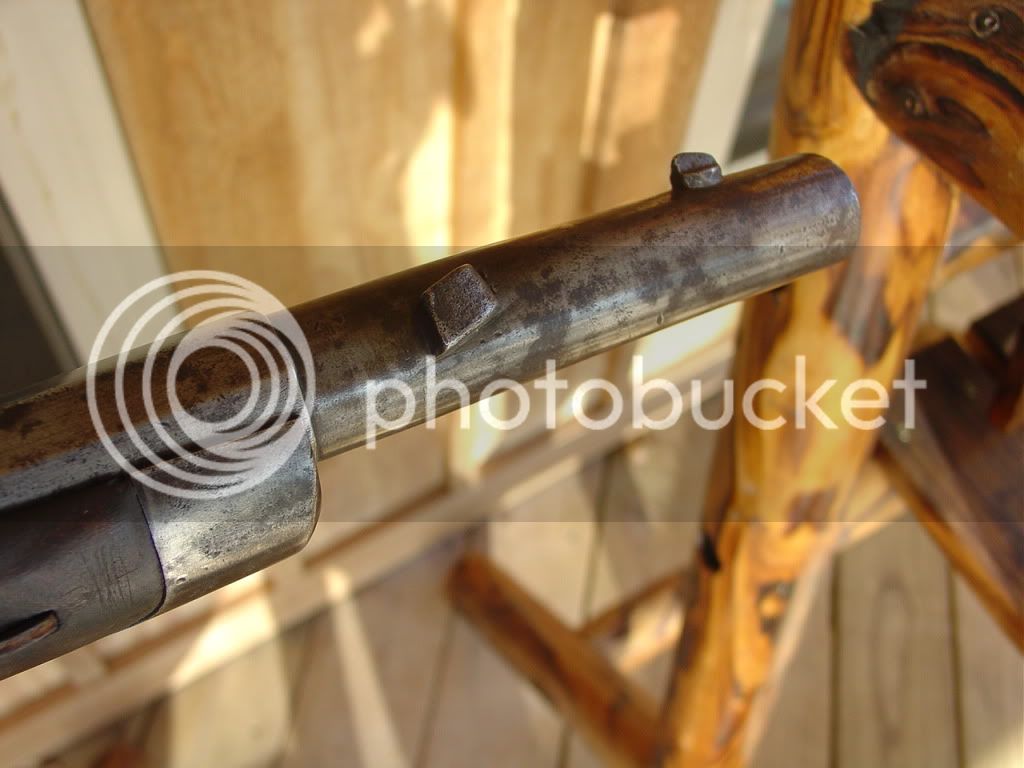
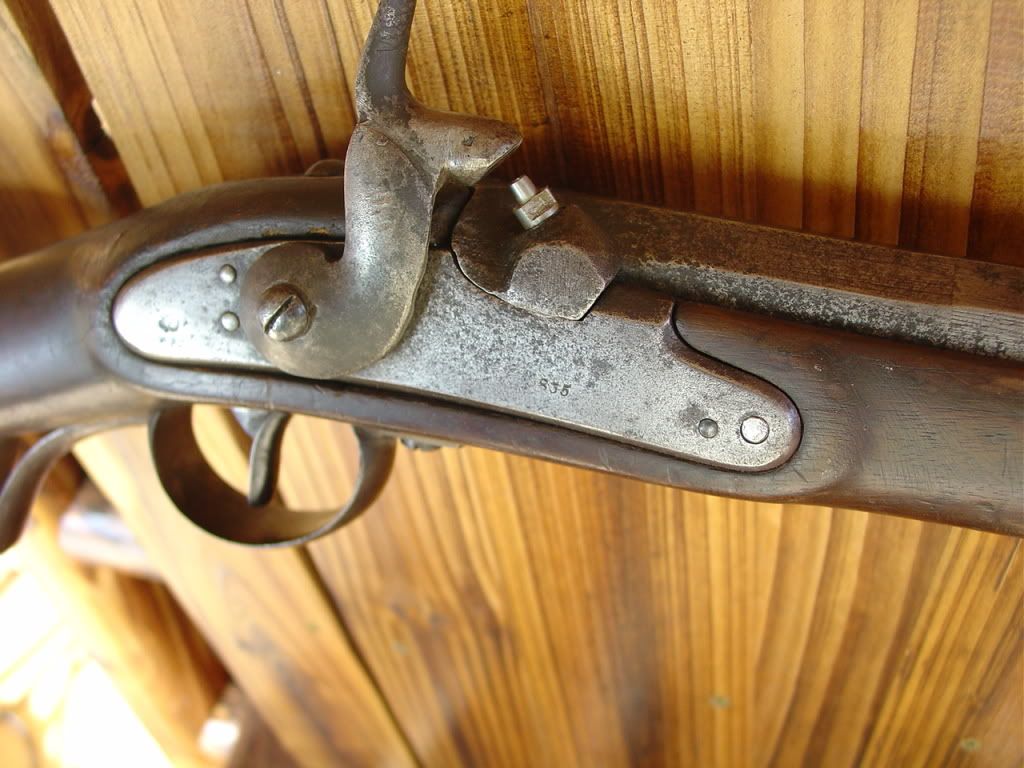
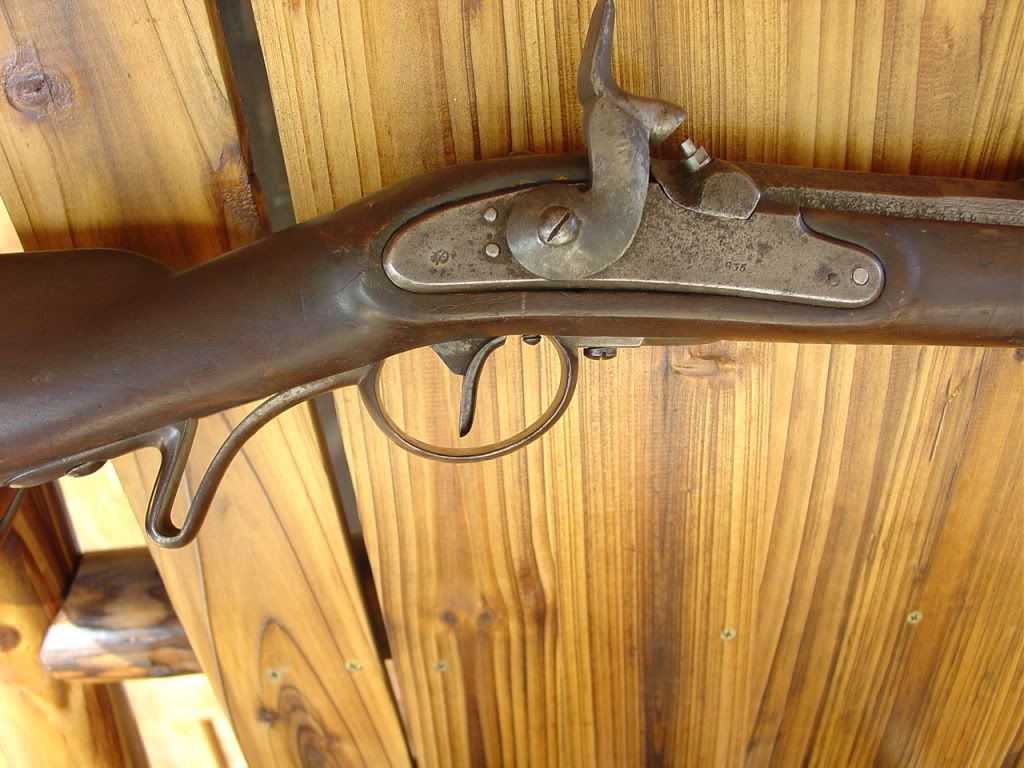
I bought it. It is a musketoon, 28" bbl. turned hex to smooth last few inches for bayanet. Lock works well, I think it would shoot. Only thing missing is the ramrod. Sure could use some help with this one!













